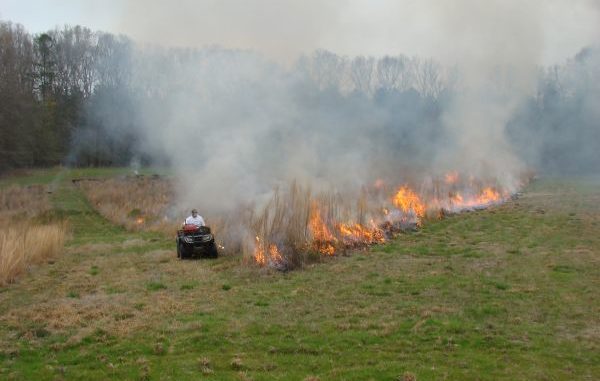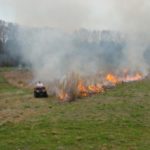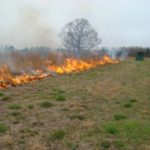
Timber and wildlife are renewable resources — one a potential source of income and the other a great source of annual enjoyment.
A balanced approach to managing timber stands for the benefit of wildlife is a tried-and-true practice, but it’s one that you have to work at.
There is no one prescription for the proper management of every tract of managed property. A successful plan needs to be tailored to each property, taking into consideration all of the unique factors such as location, soil type, terrain and vegetation.
Unfortunately, if you were to ask most landowners and outdoorsmen just what they are doing to improve the conditions for wildlife on their properties, the main answer would revolve around the planting of annual food plots.
Food plots are just one of many tools available to wildlife managers, and — in my book — are a ways on down the priority list.
Here is the problem: If you are planting 5 to 10 percent of your property in food plots, which is a big and often expensive undertaking, what in the world are you doing on the remaining 90 to 95 percent of your acreage?
For instance, when it comes to management for species such as rabbits and quail, success depends on early successional habitats. If your property is forest-dominated, it will not contain a diversity of native grasses and forbs essential to such species.
Let’s look at established, closed-canopy pine plantations as an example.
As the canopy closes, the understory will be shaded out and become devoid of food and cover for grassland wildlife such as rabbits and quail, but such habitat also lacks high-quality foods for deer and turkey.
The best way to counter this trend is to reduce tree density by thinning to open up the canopy to allow in more sunlight to stimulate the growth of ground-layer forbs and grasses.
In a plantation pine stand, where the pine seedlings were planted in rows, a first commercial thinning of, say, every fifth row is a good place to start.
Here in Mississippi, most pine species can be thinned commercially at around 13 to 18 years of age. Most of the literature I have read typically recommends thinning timber stands down to about 70 square feet per acre of basal area, but a better grassland type habitat is produced by thinning down to 60 square feet per acre or less.
Depending on your personal management goals, a basal area as low as 30 square feet per acre could be ideal.
You might want to be a little conservative during an initial thinning, and then pick up the pace during subsequent operations.
But thinning timber stands periodically is absolutely necessary to keeping up with the continued growth of the remaining timber.
There is a negative side-effect of the stimulated growth of forbs and grasses that result from timber thinning, however.
The addition of sunlight to the forest floor also releases hardwood brush and trees that, if left unchecked, will grow into an understory that will eventually shade out your desirable forbs and grasses that were the original goal of the thinning operation.
The best control measure for invasive brush is periodic prescribed fire. If the use of fire is not an option, lightly disking between thinned trees or rows of trees during the fall or winter can be a benefit, if your site is relatively clean.
The use of prescribed fire should never be conducted by anyone but a certified prescribed burn manager, and thinned pine stands should be prescribe-burned during the winter to early-spring time frame.
Soil disturbances, such as prescribed fire, should be planned for and repeated on a two- to three-year rotation.
One of the best ways to implement a rotational burning plan is to divide your property into smaller units of anywhere from a few acres up to a maximum of about 60 acres per unit, and then burn no more than half to a third of the units each year.
In this way, each unit is only burned every two to three years, but a portion of your habitat is burned annually.
If your burnable habitat is large enough, your burning rotation can be set up in somewhat of a checkerboard fashion.
One of the primary considerations for setting up individual burn units involves the ability to control the prescribed burn.
Each burn area must be positioned so its boundaries coincide with established roads or other good firebreaks, if they already exist. If this is not possible, you will need to construct fire lanes or firebreaks around the area to be burned. This is often best accomplished with a small bulldozer.
If fire has been excluded from pine stands for too long a period of time, invasive and undesirable hardwood species can become so thick and tall that a low-intensity prescribed fire will have little to no effect on the understory.
If this becomes the case, it might become necessary to treat the stand with a selective herbicide, such as imazapyr. Following chemical application, its effect can be enhanced by the use of prescribed fire during the next dormant season following treatment, as long as fire is applied after at least six months have passed.
Start planning and implementing timber stand improvement on your property, and you and your wildlife inhabitants will reap great rewards down the road.




